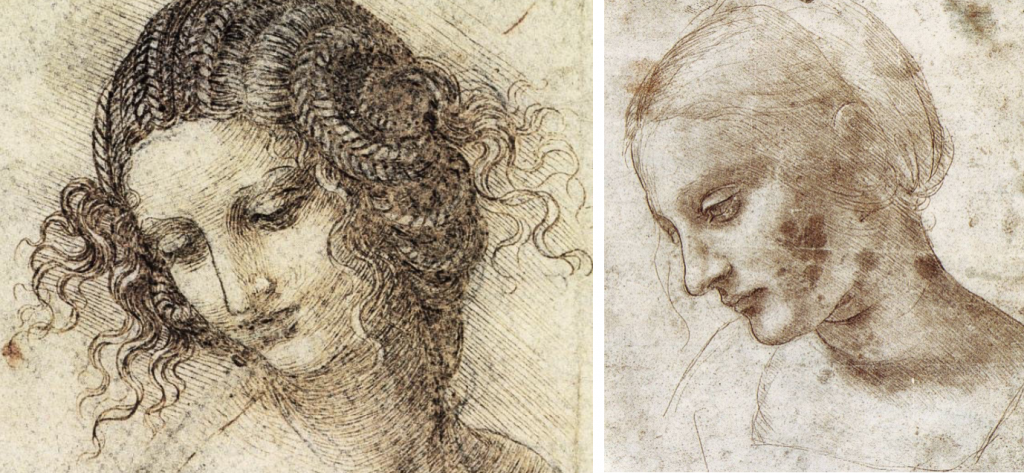da Vinci and the Renaissance 2019 (Italy) Dashboard
Description
 Led by Prof. Dino Franco Felluga (felluga@purdue.edu), da Vinci and the Renaissance is a fully cross-disciplinary study-abroad program that explores the transition from the medieval period to the Renaissance across multiple subjects (art, architecture, engineering, science), thus laying out how much of what we take for granted today about technology or about the human subject were implemented in this rich period, especially in Italy. The focus for the course will be that most famous “Renaissance man,” Leonardo da Vinci. The course’s interdisciplinary approach asks students to think about the constructed nature of the things we take for granted as “natural” (e.g., time, space, human subjectivity, meaning, sight, knowledge, and law), thus opening our eyes to the significance of cultural differences.
Led by Prof. Dino Franco Felluga (felluga@purdue.edu), da Vinci and the Renaissance is a fully cross-disciplinary study-abroad program that explores the transition from the medieval period to the Renaissance across multiple subjects (art, architecture, engineering, science), thus laying out how much of what we take for granted today about technology or about the human subject were implemented in this rich period, especially in Italy. The focus for the course will be that most famous “Renaissance man,” Leonardo da Vinci. The course’s interdisciplinary approach asks students to think about the constructed nature of the things we take for granted as “natural” (e.g., time, space, human subjectivity, meaning, sight, knowledge, and law), thus opening our eyes to the significance of cultural differences.
We finish in the last days of the course by flash-forwarding to our present century so we can consider not only how Renaissance thinking made possible a number of present-day developments (robotics and computing, for example), but also the myriad ways that we are now seeing a cultural, ontological, and epistemological shift that is as far-reaching as the one between the medieval period and the Renaissance. The Peggy Guggenheim Museum and the Venice Biennale will provide us with our artistic examples of so-called “postmodernism.”
Galleries, Timelines, and Maps
There is no content in this group.
Individual Entries
Though it is estimated that Leonardo Da Vinci sketched tons of botanical images, only thirteen genuine sketches remain today. Most of these sketches reside in the Royal collection in Windsor Castle where they began to collect around the 17th century. Sketches in the collection include A star-of-Bethlehem and other plants (c.1506-12), A branch of blackberry (Rubus fruticosus) (c.1505-10), and The seed-heads of two rushes (Scirpus lacustris and Cyperus sp.), with notes (c.1510). These sketches are particularly notable for the amount of detail Leonardo put into representing the different styles of growth and variety among each plant as well as how lighting reflected on plants.
Lodi is a city and comune in Lombardy, northern Italy. It's located on the western bank of the River Adda and is the capital of the province of Lodi. It was the location of a vital Roman road. The Treaty of Lodi was signed in the city in 1454 and ended the Wars in Lombardy. In 1796, Napoleon Bonaparte defeated the Austrians in the Battle of Lodi.
“Lodi, Lombardy.” Wikipedia, Wikimedia Foundation, 7 Mar. 2019, en.wikipedia.org/wiki/Lodi,_Lombardy.
Cerignola is town and comune of Apulia, Italy. In the Middle Ages it was part of the Kingdom of Naples. In 1503 the Spanish defeated the French at the battle of Cerignola, the first battle whose outcome was determined by gunpowder. The town was passed from hand to hand over the years. In 1731 it had to be rebuilt after an earthquake.
“Cerignola.” Wikipedia, Wikimedia Foundation, 22 Jan. 2019, en.wikipedia.org/wiki/Cerignola.
